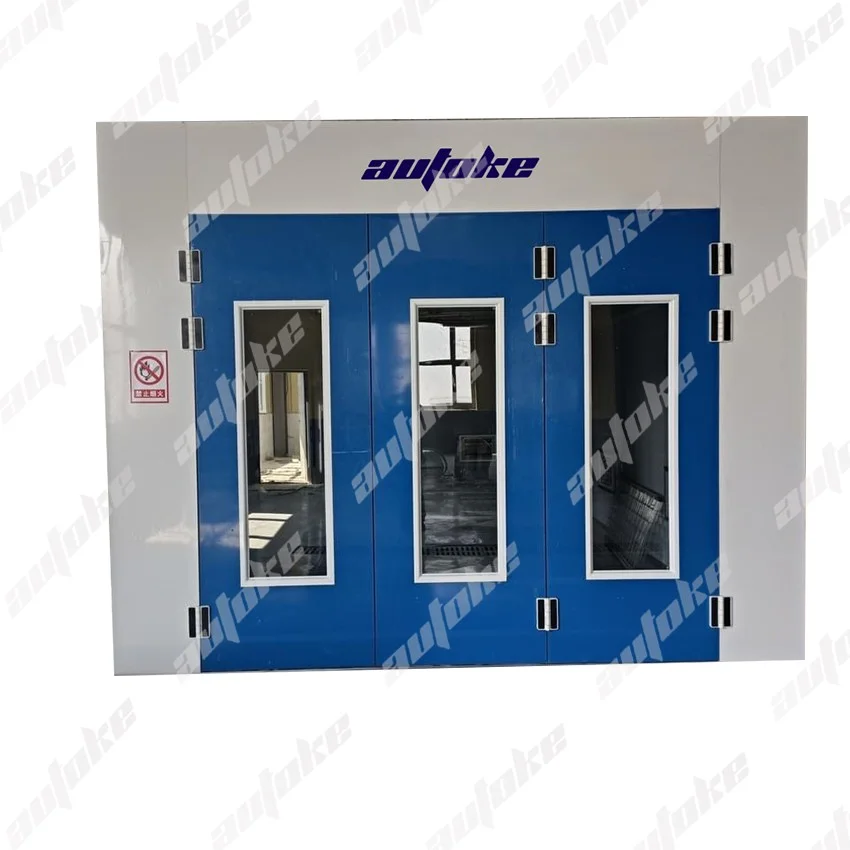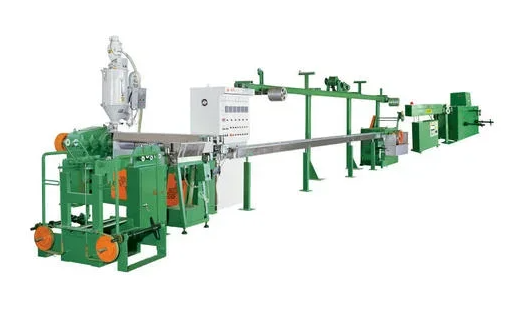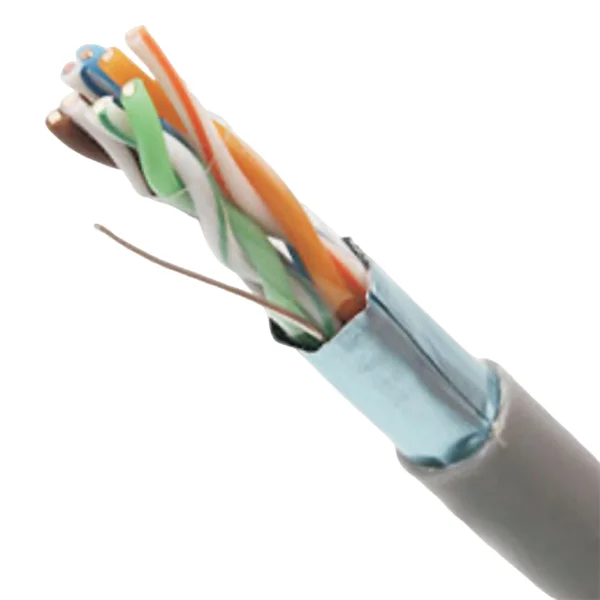Eco-Friendly Evolution of the Car Spray Booth
The car spray booth for eco-friendly painting represents a pivotal innovation in the automotive finishing industry. As environmental regulations tighten and awareness of sustainability grows, manufacturers and body shops are seeking ways to reduce emissions, control overspray, and improve paint quality—all while maintaining energy efficiency. Modern eco-friendly car spray booths integrate advanced ventilation, filtration, and temperature control systems to achieve high-quality finishes without compromising environmental responsibility.
The traditional paint booth, once seen as a simple enclosed area, has now evolved into a complex system designed to optimize airflow, minimize solvent emissions, and ensure operator safety. These developments signal a shift toward sustainable automotive manufacturing and repair practices, aligning technology with green initiatives. In this blog post, AUTOKE, a high quality industrial spray booth solutions provider, will share the features of car spray booth for eco-friendly painting design, its advantages, etc.
Sustainable Technology in Car Spray Booth Design
Today’s eco car spray booth integrates sustainable engineering principles at every level. The use of infrared heating systems accelerates drying times while consuming less energy than conventional gas burners. Infrared heat directly targets the painted surface, minimizing energy loss and reducing overall booth operation time.
Additionally, LED lighting systems have replaced fluorescent lamps in modern booths. LED illumination not only provides consistent brightness and accurate color rendering but also consumes significantly less power, contributing to a smaller carbon footprint.
The structural materials of these booths have also advanced. Galvanized or powder-coated steel panels ensure durability and corrosion resistance, extending the booth’s service life and reducing the need for replacement. In turn, this lowers material waste and lifecycle emissions.
Smart Airflow and Filtration: The Core of Eco Painting Booths
A critical aspect of any eco-friendly car spray booth is its air management system. Efficient ventilation and filtration are essential for maintaining both environmental safety and paint quality.
High-efficiency particulate air (HEPA) filters and activated carbon filters capture volatile organic compounds (VOCs) and particulate matter, ensuring that clean air exits the booth. The airflow is carefully balanced between intake and exhaust fans, forming a laminar pattern that minimizes turbulence and evenly distributes fresh air across the working area.
This controlled environment prevents contamination, enhances paint adhesion, and ensures that excess overspray is effectively removed. By maintaining negative pressure, these systems also prevent harmful fumes from escaping into the workshop, protecting both workers and the environment.

Energy Efficiency and Emission Control in Car Paint Booths
Reducing energy use and emissions is a defining goal of every eco car paint booth design. Smart control systems play a vital role in this process. Integrated sensors and programmable logic controllers (PLCs) automatically adjust airflow, temperature, and lighting based on booth activity.
For instance, during idle times or between coats, the system lowers fan speed and heat levels to conserve energy. During the baking phase, the temperature is optimized for rapid curing without excess fuel consumption. These intelligent adjustments can reduce operational energy costs by 30–50% compared to older, manually controlled models.
Emission control is equally critical. Many eco spray booths for cars incorporate regenerative thermal oxidizers (RTOs) that capture and destroy VOCs before they are released. This technology enables compliance with stringent environmental regulations and supports the transition toward low-emission automotive refinishing.
Balancing Performance and Sustainability in Car Painting
The challenge for modern manufacturers lies in balancing high-performance painting with environmental responsibility. Advanced eco-friendly spray booths for cars have proven that these objectives can coexist.
Through optimized air circulation, consistent temperature control, and high-efficiency drying systems, painters can achieve superior finishes that meet OEM standards while lowering their carbon footprint. The quality of coatings—gloss, adhesion, and color uniformity—remains exceptional, even as the process becomes greener and cleaner.
Many automotive facilities are now integrating renewable energy sources such as solar panels to power their spray booths. Combined with heat recovery systems that reuse waste air energy, these setups exemplify how sustainability can be embedded into industrial production.
Safety and Health in the Eco Car Spray Booth Environment
Beyond environmental benefits, eco car spray booths greatly enhance occupational safety. The advanced ventilation systems remove hazardous vapors and particulates that can be harmful when inhaled over time. This controlled environment ensures compliance with occupational health standards while creating a more comfortable workspace.
The use of water-based paints, encouraged by eco-booth design, further reduces exposure to harmful solvents. Combined with automated spray systems, operators can maintain distance during painting, minimizing direct contact with chemicals.
Moreover, infrared heating and LED lighting improve visibility and reduce workplace hazards associated with heat and glare, making the booth both safer and more efficient.
Modern Applications and Future Trends of Eco Car Spray Booths
Eco-friendly painting technology is not limited to large automotive factories. Independent repair shops, custom car studios, and even electric vehicle assembly lines are adopting eco car spray booth systems to meet sustainability goals.
In electric vehicle production, for example, these booths are used to coat lightweight composite materials and specialized battery housings with precision and uniformity. The future will likely see further integration of AI-controlled ventilation systems, predictive maintenance algorithms, and IoT-based monitoring to track air quality and energy consumption in real time.
The industry is also exploring hybrid heating systems that combine infrared and convection methods, providing rapid and energy-efficient curing for a wide variety of coatings.
Choosing the Right Eco-Friendly Car Spray Booth
Selecting the right eco car painting booth depends on several factors: the scale of operation, energy source availability, and desired paint quality. For small repair shops, compact booths with modular air systems and LED lighting provide a cost-effective solution. Large manufacturing plants may prefer fully automated lines with integrated heat recovery and VOC control.
In all cases, the focus should be on balancing sustainability with efficiency. Investing in a high-quality, energy-efficient booth not only ensures compliance with environmental laws but also reduces long-term operational costs, enhances reputation, and improves overall paint consistency.
Conclusion
The car spray booth for eco-friendly painting stands at the intersection of technology, efficiency, and environmental consciousness. By integrating energy-efficient heating, advanced air filtration, and smart control systems, these booths are reshaping how vehicles are finished—cleanly, safely, and responsibly.
As the automotive industry continues its shift toward green manufacturing, the eco spray booth is more than just equipment—it is a symbol of progress. Its adoption reflects a commitment to craftsmanship that respects both the vehicle and the planet, proving that sustainability and performance can thrive together in the modern paint shop.
www.autokemanufacture.com
AUTOKE




